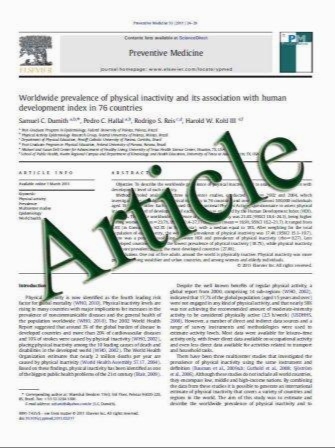STAT3a interacts with nuclear GSK3beta and cytoplasmic RISK pathway and stabilizes rhythm in the anoxic-reoxygenated embryonic heart
- نوع فایل : کتاب
- زبان : انگلیسی
- مؤلف : Sarah Pedretti Eric Raddatz
- چاپ و سال / کشور: 2011
Description
Activation of the Janus Kinase 2/Signal Transducer and Activator of Transcription 3 (JAK2/ STAT3) pathway is known to play a key role in cardiogenesis and to afford cardioprotection against ischemia– reperfusion in adult. However, involvement of JAK2/ STAT3 pathway and its interaction with other signaling pathways in developing heart transiently submitted to anoxia remains to be explored. Hearts isolated from 4-day-old chick embryos were submitted to anoxia (30 min) and reoxygenation (80 min) with or without the antioxidant MPG, the JAK2/STAT3 inhibitor AG490 or the PhosphoInositide- 3-Kinase (PI3K)/Akt inhibitor LY-294002. Time course of phosphorylation of STAT3atyrosine705 and Reperfusion Injury Salvage Kinase (RISK) proteins [PI3K, Akt, Glycogen Synthase Kinase 3beta (GSK3beta), Extracellular signal-Regulated Kinase 2 (ERK2)] was determined in homogenate and in enriched nuclear and cytoplasmic fractions of the ventricle. STAT3 DNA-binding was determined. The chrono-, dromo- and inotropic disturbances were also investigated by electrocardiogram and mechanical recordings. Phosphorylation of STAT3atyr705 was increased by reoxygenation, reduced (*50%) by MPG or AG490 but not affected by LY-294002. STAT3 and GSK3beta were detected both in nuclear and cytoplasmic fractions while PI3K, Akt and ERK2 were restricted to cytoplasm. Reoxygenation led to nuclear accumulation of STAT3 but unexpectedly without DNA-binding. AG490 decreased the reoxygenation-induced phosphorylation of Akt and ERK2 and phosphorylation/inhibition of GSK3beta in the nucleus, exclusively. Inhibition of JAK2/ STAT3 delayed recovery of atrial rate, worsened variability of cardiac cycle length and prolonged arrhythmias as compared to control hearts. Thus, besides its nuclear translocation without transcriptional activity, oxyradicalsactivated STAT3a can rapidly interact with RISK proteins present in nucleus and cytoplasm, without dual interaction, and reduce the anoxia–reoxygenation-induced arrhythmias in the embryonic heart
Basic Res Cardiol (2011) 106:355–369 Received: 12 October 2010 / Revised: 23 December 2010 / Accepted: 13 January 2011 / Published online: 29 January 2011


